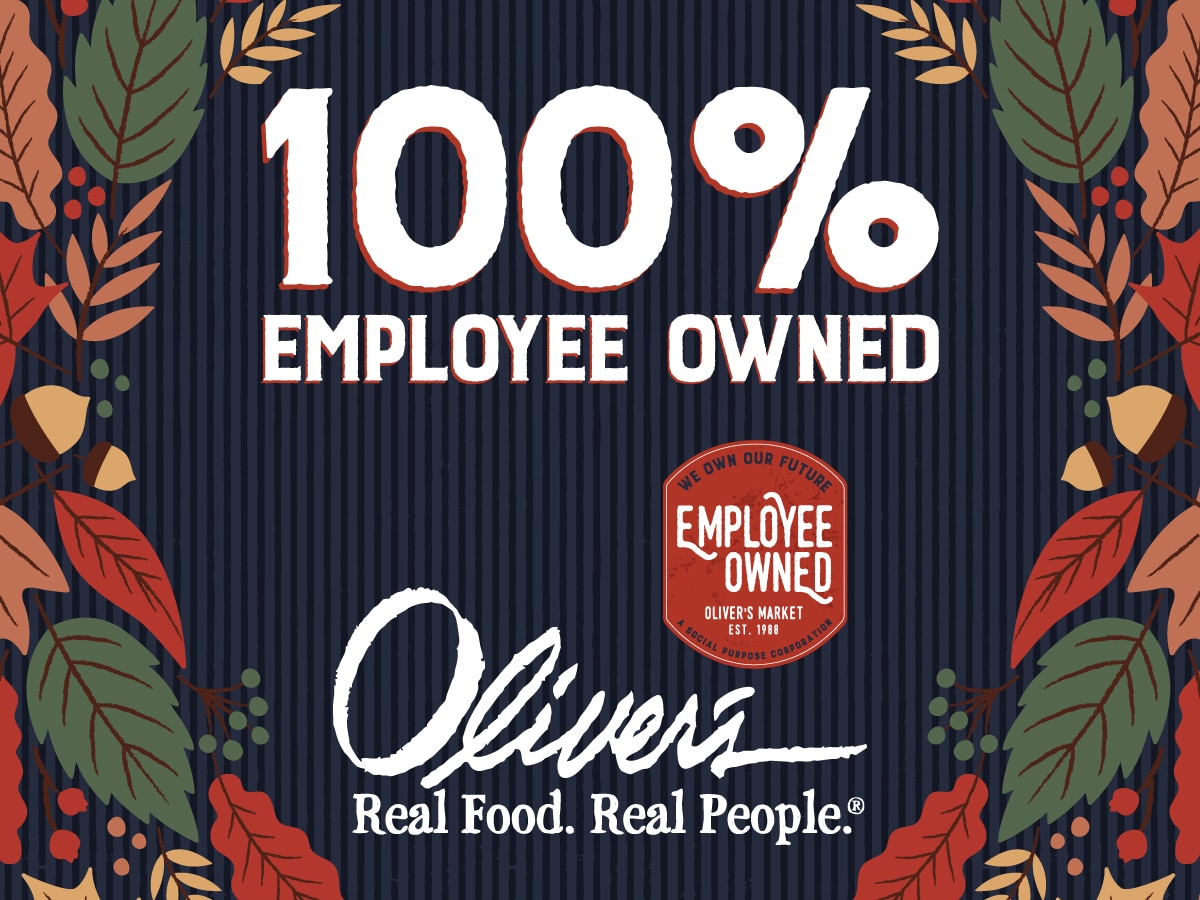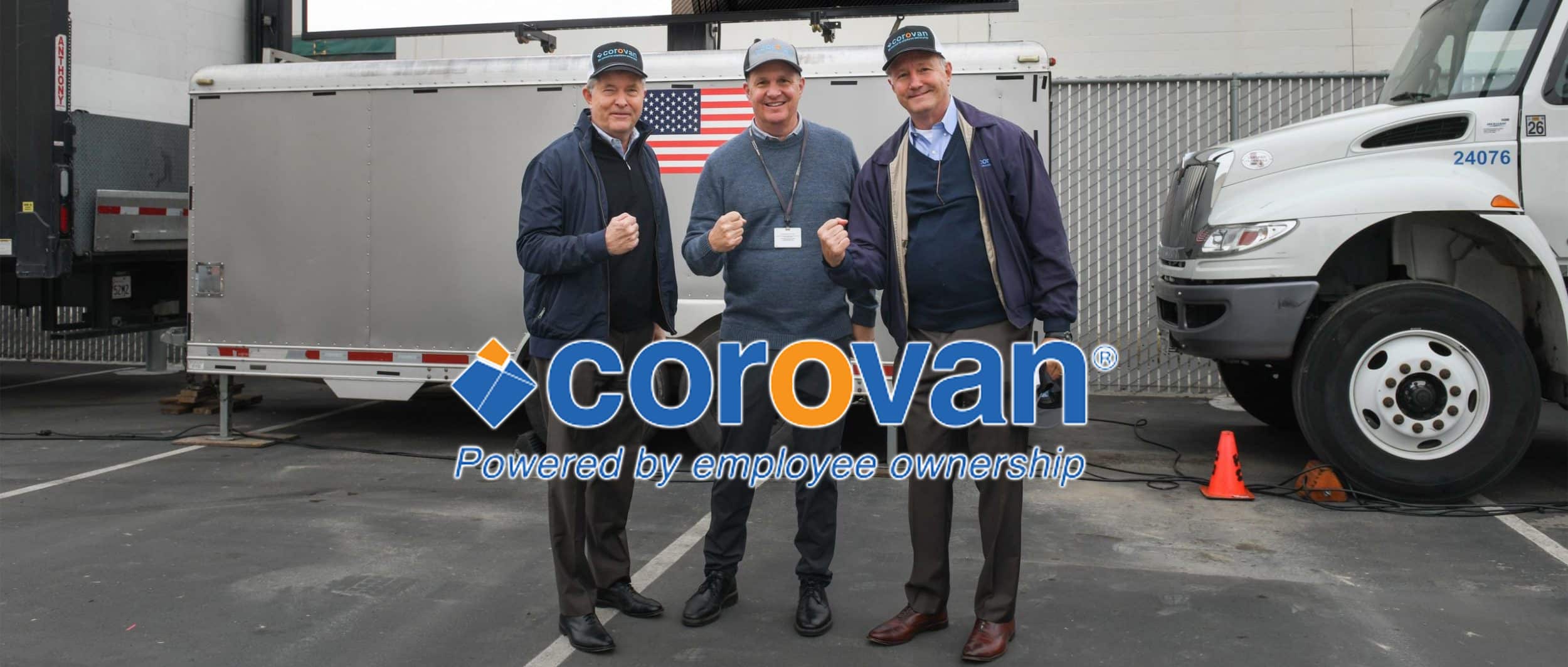WHAT IS AN ESOP?
The best way to explain an ESOP is to compare it to a profit sharing plan. ESOPs can do all the things a profit sharing plan can do. However, ESOPs can do a great many things that profit sharing plans cannot do. Profit sharing plans are regarded primarily as employee benefit plans. The ESOP is primarily regarded as a “tool of corporate finance,” according to IRS rulings and regulations.
Accordingly, ESOPs are permitted under profit sharing plans. If one carefully analyzes the pros and cons of ESOPs versus profit sharing plans, the ESOP is almost always more beneficial both for the employees, the company, and the shareholders.
SHAREHOLDER BENEFITS
In the case of a profit sharing plan, the contribution is usually in cash, and the cash is invested in other investments. As a result, these contributions do not benefit either the corporation or the shareholders. In the case of an ESOP, however, cash contributions to the plan may be used to purchase stock from the shareholders of the company, thereby creating an in-house market for them.
In the case of a company that already has a profit sharing plan, that plan may be replaced by the ESOP, and the contributions may be made to the ESOP rather than to the profit sharing plan. These funds may then be used to purchase stock from one or more of the company’s share-holders. As a result of replacing the profit sharing plan with an ESOP, the company can literally create a market for part or all of its stock without incurring any additional cash flow expenses whatsoever.
Compare this result with the situation in which the company makes cash contributions to a profit sharing plan and simultaneously creates a market for shareholders with stock redemptions. Stock redemptions, like debt repayments, are not tax-deductible. Under this approach, the net cost to the company is 3 times as much as under the ESOP approach, assuming a combined federal and state income tax rate of 50.
For example, a cash contribution of $100,000 to an ESOP would cost the company $50,000 after taxes, and would create a market for $100,000 of stock. If the company contributes $100,000 of cash to the profit sharing plan, the net after-tax is also $50,000. However, the net after-tax cost of a $100,000 redemption is $100,000. Thus, the total cost of the redemption method would be $150,000 B three times the cost of the ESOP method.
EMPLOYEE BENEFITS
From an employee standpoint, the ESOP is almost always a better incentive plan than is a profit sharing plan. The philosophy of a profit sharing plan is that if the company makes a profit, a portion of this profit will be shared with the employees, and the employees will thereby have an incentive to maximize company profits. In theory this sounds workable. In practice it is not. In practice, most companies report that little or no employee incentive or motivation is generated as a result of profit sharing contributions.
The difficulty is that profit sharing plans are not tangible, and there is no direct link between employee productivity and employee benefits under such a plan. Under a profit sharing plan, the share of the profit contributed to the plan is invested in a hodge-podge of investments rather than in company stock. These other investments have little or no meaning to most employees, and most employees have little or no awareness how these investments do in the marketplace. Profit sharing investments wind up being too amorphous and too intangible.
Investment in stock of the employer is exactly the opposite. Employer stock is tangible and immediate. The employee can see, touch, and feel his or her own company. Owning stock gives an employee a new sense of dignity, a new status, and a new awareness of the pride of ownership.
More important, however, is the fact the investment in employer stock creates a direct link between employee stock productivity and employee benefits. In a profit sharing plan the value of the investments usually bears no relationship to employee productivity. In some instances, employee productivity remains high or even increases, yet the value of the investment plummets. Conversely, the value of the investments in a profit sharing plan may soar as a result of favorable market conditions at the same time that employee productivity is going from bad to worse.
In an ESOP, on the other hand, the value of the investment bears a direct link to employee productivity. Further, unlike a profit sharing plan, employees under the ESOP will be able to affect the value of the investment to a large extent by their own efforts. How much can increased productivity affect the profitability of the company?
A lot.
Consider, for example, a service or manufacturing company with $10 million in sales and $400,000 of pre-tax profits. Under the circumstances, a 1% increase in productivity would result in a 25% increase in company profits. That is, if employees could increase gross revenues by 1% without increasing gross revenues by 1% without reducing sales, the company would earn an additional $100,000 in pre-tax profits. This would represent a 25% increase in pre-tax profits. Under a profit sharing plan, the benefits would be unaffected by this increase in productivity, except to the extent that the company would be able to afford a larger contribution the following year.
With an ESOP, on the other hand, not only would the company be able to afford a larger contribution the following year, but the value of the stock already held in the plan would increase in direct proportion to the company’s profitability. Thus, the employees under an ESOP benefit twice from increased productivity.
In addition to being a better incentive plan, the ESOP is often a better investment plan. In many cases, stock of the employer corporation represents a better investment than traditional stock market investments. It is not unusual for many privately-held companies to experience growth rates of 15% to 20% per annum. Such growth is possible, in part, because privately-held companies are often smaller. It is mathematically easier for a profit than a large one, since it starts from a smaller base.
COMPANY BENEFITS
From a standpoint of the company, contributions to a profit sharing plan represent a cash flow drain, pure and simple. Moreover, under ERISA, once the plan has received the contributions, it is prohibited from lending any part of the funds back to the company.
With the ESOP, on the other hand, the funds may be immediately reinvested in the company. In the simplest case, the contribution is made to the plan directly in the form of shares of newly-issued stock.
Thus, the company gets the same tax deduction as under a profit sharing plan, but without any expenditure of cash. For example, if the company contributes $100,00 of cash to a profit sharing plan, the company will be $50,000 out of pocket on an after-tax basis, assuming a 50% tax bracket. If the company instead contributes $100,000 worth of newly-issued stock to an ESOP, its cash flow will increase by $50,000 rather than decrease by $50,000.
Further, an ESOP, unlike a profit sharing plan, can be leveraged to multiply cash flow savings many times. In most companies, corporate growth is financed with debt financing. The drawback to debt financing is that debt repayment is non-deductible. By using an ESOP, however, the cost of debt repayment can be slashed in half. In order to accomplish this result, the ESOP, rather than the company, would borrow the required funds (since the ESOP has no funds, a loan must guaranteed by the company).
The ESOP then uses these funds to purchase a like amount of stock from the company. The company uses the funds to finance its expansion. The difference is that in the case of an ESOP, the loan is repaid with tax-deductible contributions to the ESOP. These contributions are used to repay the loan principal, which would be non-deductible if paid by the corporation itself.
The principal limiting factor in this use of an ESOP is a maximum allowable contribution to an ESOP of 25% of eligible payroll. In addition, if the Company operates as a C corporation, it may also contribute however much is necessary to pay the interest on an ESOP loan, over and above 25% of eligible payroll.
The trade off for these tax advantages is that equity (but not the voting rights) of the existing shareholders is diluted to the extent that newly-issued stock is acquired by the ESOP rather than by the existing shareholders. Whether the cash flow advantages outweigh the dilution depends upon the facts and circumstances of each company and its shareholders.
DISADVANTAGES
While ESOPs have many advantages, they also have some disadvantages. As discussed previously, dilution results when the ESOP is used to purchase newly-issued stock of the company. If the cash flow savings are used to enhance the company’s sales and profits substantially, the dilution is a positive factor. If the cash flow savings are not used to enhance sales and profits, the dilution will have been incurred without any resulting benefit.
Another possible disadvantage of an ESOP is plan liquidity. In future years, the company will have to make cash contributions to the plan to repurchase stock from employees who terminate or retire. In most cases, however, this repurchase will be spread out fairly evenly over a number of years. Certainly, the redemption of stock from ESOP participate is a much smaller problem than the recurring need the company would otherwise have to redeem large blocks of stock all at once from controlling shareholders, using after-tax dollars.
Finally, another possible disadvantage of an ESOP is that the value of the company’s own stock, of course, can decline rather than grow. This concern is partly offset by the fact that companies usually contribute a larger percentage of payrolls to an ESOP than they would otherwise contribute to a profit sharing plan. This argument is also mitigated by the fact that an ESOP may invest up to 49% of its funds in other investments. Thus, there would be a hedge against loss in value of the company stock.
A final concern is that employees may view the ESOP as being just another type of retirement plan. This concern, however, may be offset by pointing out to the younger employees that, under today’s life expectancy tables, an employee who lives to age 60 has a life expectancy in excess of age 81. This means that the average employee at age 60 somehow will have support himself and his dependents for another 20 years. Without a retirement plan, it is unlikely that the average employee will have an adequate retirement income. The great advantage of the ESOP is that it furnishes a means of providing an adequate retirement income for employees, while simultaneously benefiting the company and its shareholders.
CONCLUSION
The ESOP is a complex vehicle. Proper analysis and consideration of an ESOP necessarily involves tax and financial planning, both for the company and for its principal shareholders. Properly structured by an ESOP specialist, an ESOP can be a practical







